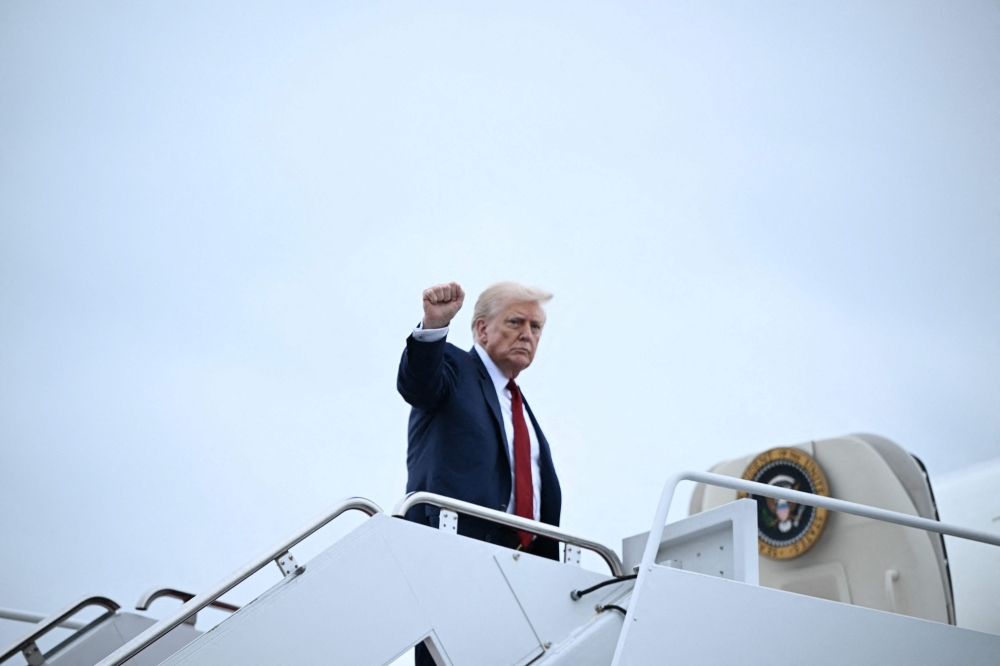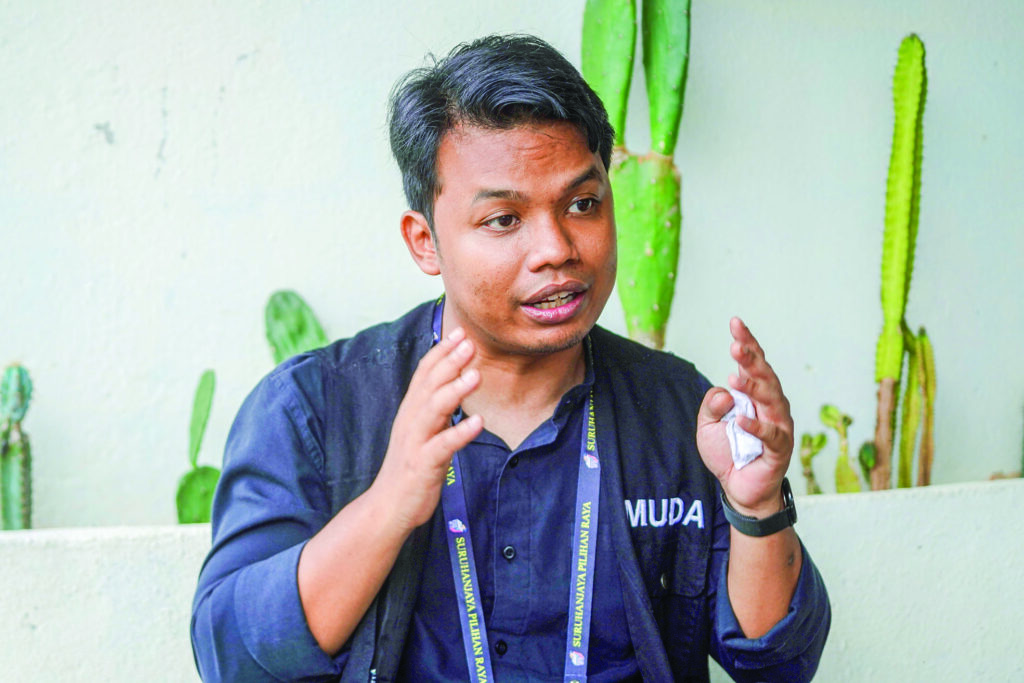AUGUST 3 — President Donald Trump’s expected appearance at the East Asia Summit (EAS) should not be misread as a mere diplomatic formality or ceremonial visit. It should be welcomed for what it could become: a turning point in US-Asean relations that restores a degree of strategic stability between Washington, Beijing, and the eleven member states of Asean.
At a time when the region stands delicately between escalating rivalry and renewed economic convergence, Trump’s personal participation — after years of inconsistent US attendance at high-level Asean meetings — signals a potential inflection.
This year’s summit carries additional weight. It coincides with Asean’s historic expansion to include Timor-Leste, the first new member in over two decades.
The inclusion of Timor-Leste symbolizes Asean’s enduring appeal and the bloc’s ability to renew itself from within. It also strengthens Asean’s moral and geopolitical identity as a community committed to democratic values, regional inclusivity, and strategic neutrality.
The United States should view this enlargement as an opening to further anchor its presence — economically, diplomatically, and institutionally — in a wider South-east Asia that now stretches from the Mekong to the eastern edge of the archipelagic Pacific.
Contrary to the binary framing of US-China competition, the East Asia Summit represents a rare multilateral setting where both great powers meet under Asean’s chairmanship and agenda-setting authority.
This alone is a feature — not a flaw — of Asean centrality. If President Trump recognizes the value of this platform, and builds upon it, the EAS could serve as a channel for managed competition and economic complementarity rather than open hostility.
More significantly, Trump’s visit coincides with an encouraging trend: the reduction of tariffs between the US and several Asean member states, effective August 1.
Malaysia, for instance, now benefits from a lowered tariff of 19 per cent on select categories of exports. While these cuts are modest in scope, they offer a vital foundation upon which the US can pivot from protectionist reflexes toward strategic economic engagement.
If extended across multiple sectors and scaled throughout South-east Asia, these adjustments can recalibrate America’s economic presence in the region — especially when paired with Asean’s long-term focus on industrial upgrading and regional integration.
This moment must be seized. Asean is no longer merely a low-cost assembly zone.
It is home to ambitious national frameworks such as Malaysia’s National Semiconductor Strategy (NSS), Indonesia’s downstream resource policies and Vietnam’s digital economy transformation.
All of which can sour the Asean Digital Economic Framework (DEFA) too.
These initiatives aim to lift Asean into the higher rungs of global value chains.
The United States — long seeking to reduce overdependence on China — can find in Asean the next frontier of secure, rules-based economic partnerships.
But any trade recalibration must be anchored by political assurance.
The US-Asean Comprehensive Strategic Partnership, elevated in recent years, still requires substantive backing. This is where President Trump’s engagement becomes pivotal.
He must not only reassure the region of America’s long-term presence but also avoid zero-sum demands that force Asean into hard alignments. Asean’s strategic doctrine is one of balance, not bandwagoning. Its preference is for multipolar cooperation, not bipolar confrontation.

President Donald Trump’s expected appearance at the East Asia Summit (EAS) should not be misread as a mere diplomatic formality or ceremonial visit. — AFP pic
In this context, Trump would do well to understand the nuanced achievements of the recent Asean-GCC Summit, further expanded with China’s participation in the Asean-GCC-China Summit.
These gatherings were more than diplomatic rituals; they were civilisational overtures and dynamic dialogues too.
They reflected Asean’s growing ambition to serve as a connector — not just of markets, but of worldviews. Malaysia’s leadership of Asean in 2025 has affirmed this ethos, with Prime Minister Anwar Ibrahim offering a values-based diplomacy that draws on dialogue and defensive diplomacy.
Trump’s visit should reinforce, not disrupt, this strategic arc. It is not enough to deploy aircraft carriers or frame South-east Asia through a military lens.
The region requires a US presence that is economically enabling, diplomatically respectful, and civilisationally attuned. Tariff reductions are a step in the right direction. A comprehensive US-Asean trade framework would be a leap forward.
Beyond trade, Washington must also recognise Asean’s role in conflict management and peace-making. Malaysia’s recent mediation in the Cambodia-Thailand border crisis is a case in point.
Asean’s diplomatic bandwidth is growing, and the US can support — not override — this capacity by funding Track II dialogues, technology transfer in humanitarian response, and confidence-building among rival claimants in the East and South China Sea.
In conclusion, President Trump’s presence at the East Asia Summit must be more than symbolic.
It must be strategic. His administration should embrace the summit as a platform to reset economic ties, stabilize regional diplomacy, and affirm Asean’s agency.
The future of East Asia will not be shaped by bilateral muscle-flexing alone, but by the kind of multilateral sensibility that the EAS — anchored by Asean — has nurtured for nearly two decades.
If the US is serious about restoring its relevance in South-east Asia, then the EAS must be the starting point; although a swifter concern with the starvation of Gaza.
This issue is no less critical as more and more member states of European Union has recognised Palestine as a separate state.
In order to justifiably pressure Israel into allowing more humanitarian aid to go into the war-stricken death zone.
At any rate, tariff diplomacy, coupled with high-level trust-building, must form the substance of America’s return to East Asia if all things fail to make any progress.
*Phar Kim Beng PhD is Professor of Asean Studies, International Islamic University of Malaysia and Director of Institute of Internationalisation and Asean Studies (IINTAS).
**This is the personal opinion of the writer or publication and does not necessarily represent the views of Malay Mail.






